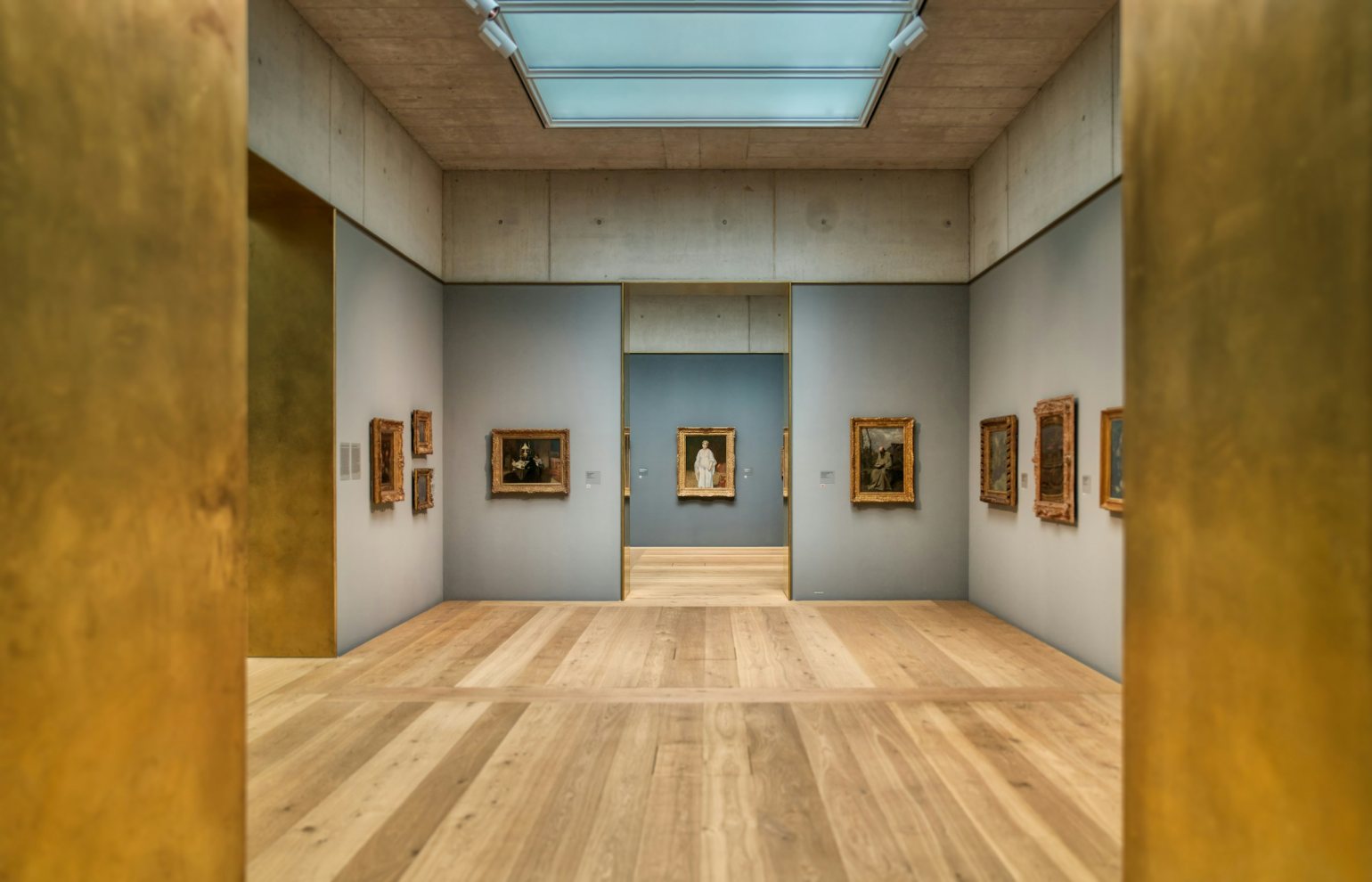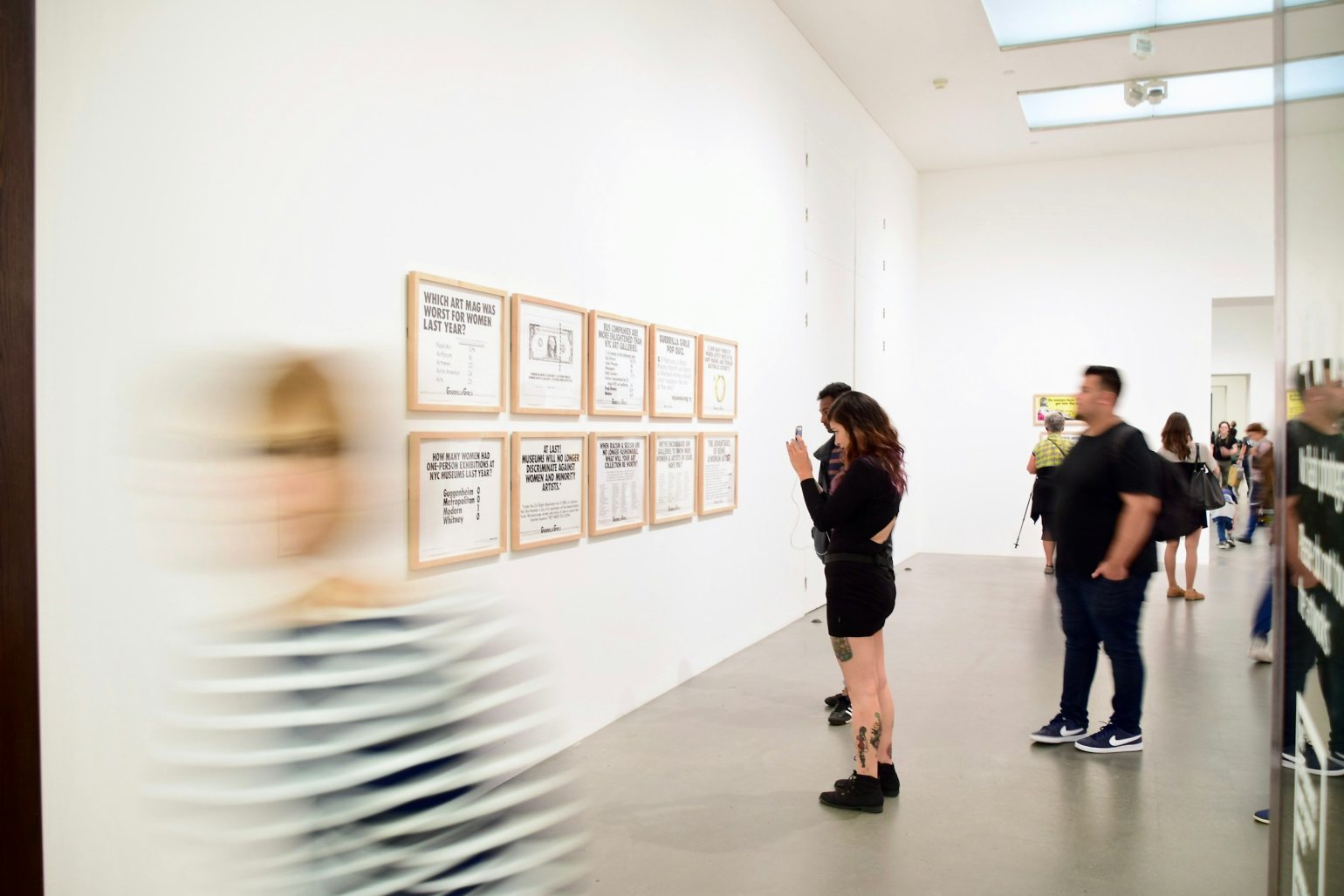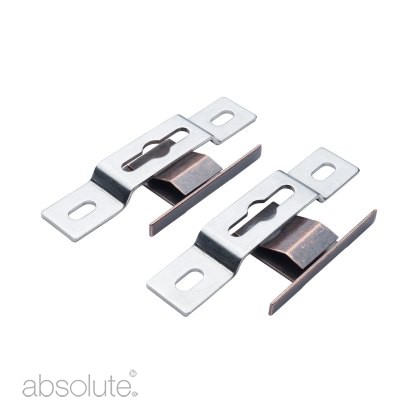8 Tips For Keeping Your Art Collections Safe From Theft
![]()
On March 18th, 1990, in the small hours of an overcast morning in Boston, Massachusetts, two men posing as police officers responding to a disturbance call, rang the doorbell of the Isabella Stewart Gardner Museum. Within minutes, both security guards, who had unwittingly allowed the men entry, were handcuffed to pipes in the museum basement with their mouths strapped in duct tape.
Over the next hour, with the guards incapacitated, 13 art pieces were stolen from the museum; including The Storm on the Sea of Galilee, a rare seascape by the Dutch master Rembrandt and Chez Tortoni a painting by the French modernist artist Édouard Manet, among many other precious works.
With the case unsolved and no works recovered, it remains the biggest art heist in criminal history with the cumulative value of the stolen pieces estimated at over half a billion dollars, according to the FBI and art dealers.
While art theft is a relatively rare occurrence, and the Isabella Stewart Gardner Museum heist stands out as an extreme case, the financial and cultural impact of having valuable artworks stolen can be devastating for a museum or art gallery — and stakeholders shouldn’t compromise when it comes to preventative measures for protecting their assets.
Today we’re looking at 8 security techniques that museums and galleries can employ to thwart both opportunistic and calculated art thieves.
![]()
Surveillance systems
Monitoring your assets
From city centres and parks to public transport and municipal buildings, the use of CCTV as a means to counter criminal activity has become common practice. It’s become such a ubiquitous presence in society, in fact, it could be argued that anywhere that doesn’t use CCTV as a way of protecting valuable assets could be at greater risk.
As with any preventative measure, however, the use of surveillance systems in museums and art galleries needs to be carefully considered in order to achieve optimal success. That means, installing security cameras that cover the entire gallery space, starting with the most vulnerable areas. As well as acting as a psychological deterrent for would-be criminals, CCTV recordings can also provide evidence for post-incident investigations if a theft does occur.
Security alarms
Motion detectors and sensors
While many opportunistic art thefts might be fairly unsophisticated in their execution, the technology used to prevent them can be anything but. Alarms and motion detectors beamed directly over an artwork, which trigger if a painting is tampered with or moved without authorisation, are popular solutions in the fight against criminal activity. The trembler alarm, for instance, is a discreet, easy-to-install device ideal for securing paintings or display cases, which detects sudden movements or vibrations and immediately sounds the alarm.
Detection systems can also beamed over entrances and exits — even hidden discreetly in windows and air ducts — that will activate the alarm if an intruder has entered the building after hours. For those art thieves with a little more cunning, who might attempt to hide inside the gallery after closing, with the hope of avoiding triggers in entrances and exits: saturation motion detection can help detect any thief trying to evade dead zones or spaces not covered by traditional detection systems.
![]()
Display techniques
Deterring theft through design
Employing gallery display techniques that complicate the removal of artworks can significantly deter opportunistic theft. Secure hanging systems, for example, which require specific tools or considerable effort to detach artworks, serve as a highly effective barrier. Such gallery wall systems make it challenging for thieves to act swiftly — and increases the chances of detection, by making any unauthorised attempt to remove an artwork conspicuous to staff and other visitors. For ultimate peace of mind, the Ryman Hanger High-Security Set is used in galleries across the world and is the go-to art hanging solution for art theft prevention.
For smaller, high-value items, incorporating transparent acrylic cases or display cabinets adds another layer of protection, while enhancing the visitor experience by ensuring the gallery display is visually absorbing.
![]()
Controlled access
Securing entry points
Restricting and controlling entry points to the gallery is a vital security measure for modern art galleries. By limiting the number of access points, it becomes much easier to monitor and manage the flow of visitors — and less likely for a prospective criminal’s movements to go undetected.
A reception desk or strategically placed staff can oversee who enters and exits the space, providing that all-important extra layer of security. This kind of controlled access setup can deter potential thieves by increasing the likelihood of detection, and create a safer environment for the artwork and visitors.
Staff training
Vigilance and spotting the signs
Ensuring that your staff are adequately trained is another vital component of a theft prevention strategy. Making sure they are proactive, vigilant and able to spot suspicious behaviour before an incident occurs can significantly enhance the security of the gallery; all while interacting with regular visitors to create an engaged environment.
The end goal of this approach is for the potential thieves to feel observed and reconsider their actions, knowing that attentive staff are likely to remember their faces and behaviours. This level of engagement not only makes the gallery a more welcoming place for genuine art lovers but also establishes a subtle yet powerful deterrent against theft.
![]()
Lighting and visibility
Illuminating the space
As well as the obvious aesthetic benefits of installing a lighting system in a gallery space, it can also act as a powerful deterrent against art theft. The considered positioning of bright lights around valuable artwork creates a challenge for would-be thieves in their attempts to go undetected while approaching or tampering with pieces.
Proper lighting ensures that every corner of the space is visible, leaving little room for shadowy areas where thieves could operate unnoticed. So, while lighting can be an essential part of the storytelling process of a gallery or museum, changing moods, drawing attention to certain pieces, guiding visitors; it also remains an excellent, relatively inexpensive security measure.
![]()
Inventory and documentation
Foundations of art security
Implementing a thorough inventory and documentation system should be the cornerstone of any art security approach. Detailed records, including photographs, provenance, condition reports, and any other relevant information about each artwork, provide a comprehensive profile that is indispensable in the event of theft. Ultimately, this can help facilitate the identification and recovery of stolen items and strengthen legal claims of ownership.
A regularly updated inventory ensures that all information reflects the current state and location of each art piece within the gallery. This ongoing process allows curators to quickly notice discrepancies that may indicate theft or tampering.
Collaboration with law enforcement
Building strategic partnerships
Developing a strong relationship with local law enforcement is a strategic move that any gallery or museum curator should consider. This can include providing law enforcement agencies with detailed information about the gallery's layout, valuable artworks, and security measures. In the event of theft, having an already established partnership can aid investigations and increase the chances of recovering stolen items.
Collaboration with law enforcement can both aid in immediate responses to an art theft incident and contribute to a broader strategy of deterrence, making the gallery a less attractive target for potential thieves.
![]()
Other things to consider…
It’s worth remembering that the primary danger for art galleries is opportunistic theft, where someone spots an opening and acts on it, and many of the strategies included are aimed at preventing such occurrences. This can include something as simple as creating physical distances between valuable artwork and the entrance, making it harder for someone to snatch and run.
There must also be some consideration to be struck between the size and value of the art piece when employing your anti-theft systems. Large artworks, in most cases, will pose less of a risk than smaller items, while more valuable pieces should always engage the majority of your security attention. For smaller and valuable artworks, the most effective prevention can often be the presence of guards or museum staff.
How can we help?
While these measures can help deter opportunistic theft — no system is foolproof. The most effective strategy will combine a series of these techniques; and the very best galleries will strike that magic balance between security and maintaining a welcoming, engaging environment for visitors to enjoy the art. If you’d like to find out more about our range of secure, museum-grade art hanging systems, to keep your valuable artwork safe, please do get in touch.
Secure Art Hanging Systems
Ryman Artwork Hanger - High Security Setfrom $20.58 (ex VAT)Ryman Artwork Hanger - Secure Setfrom $16.17 (ex VAT)-
Posted by Jade Turner
9th April 2024





.jpg)

.jpg)



